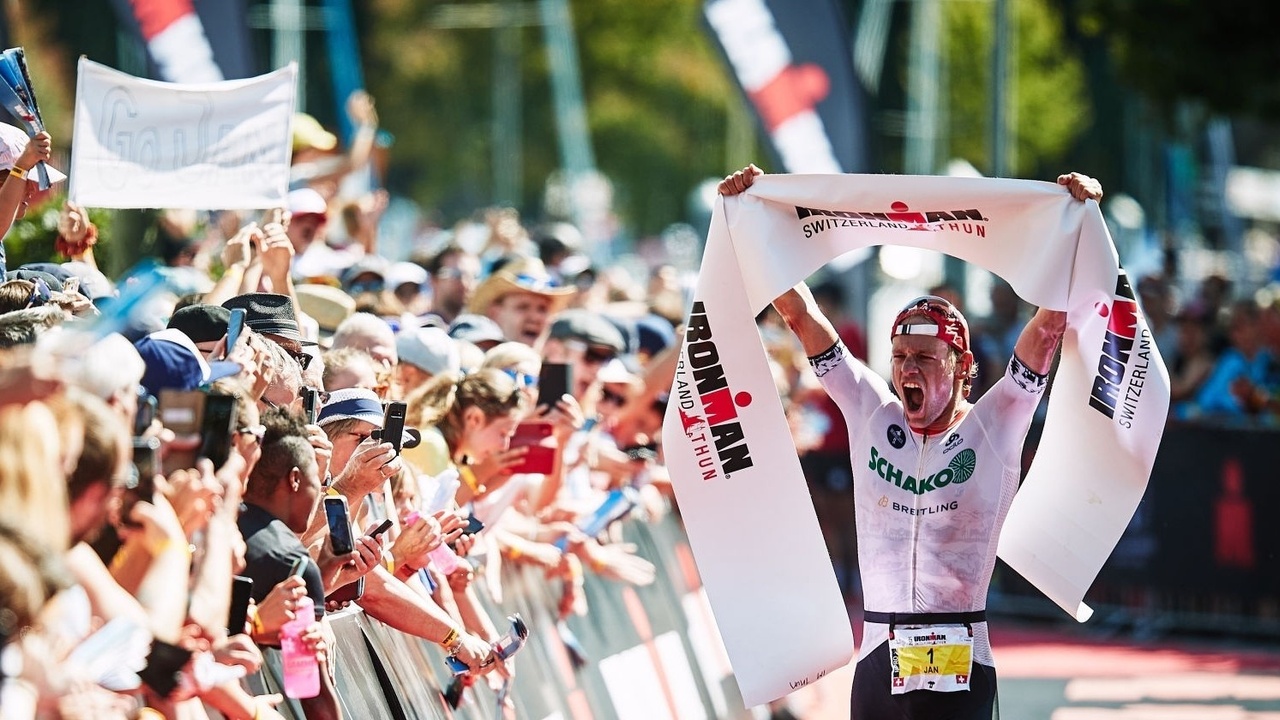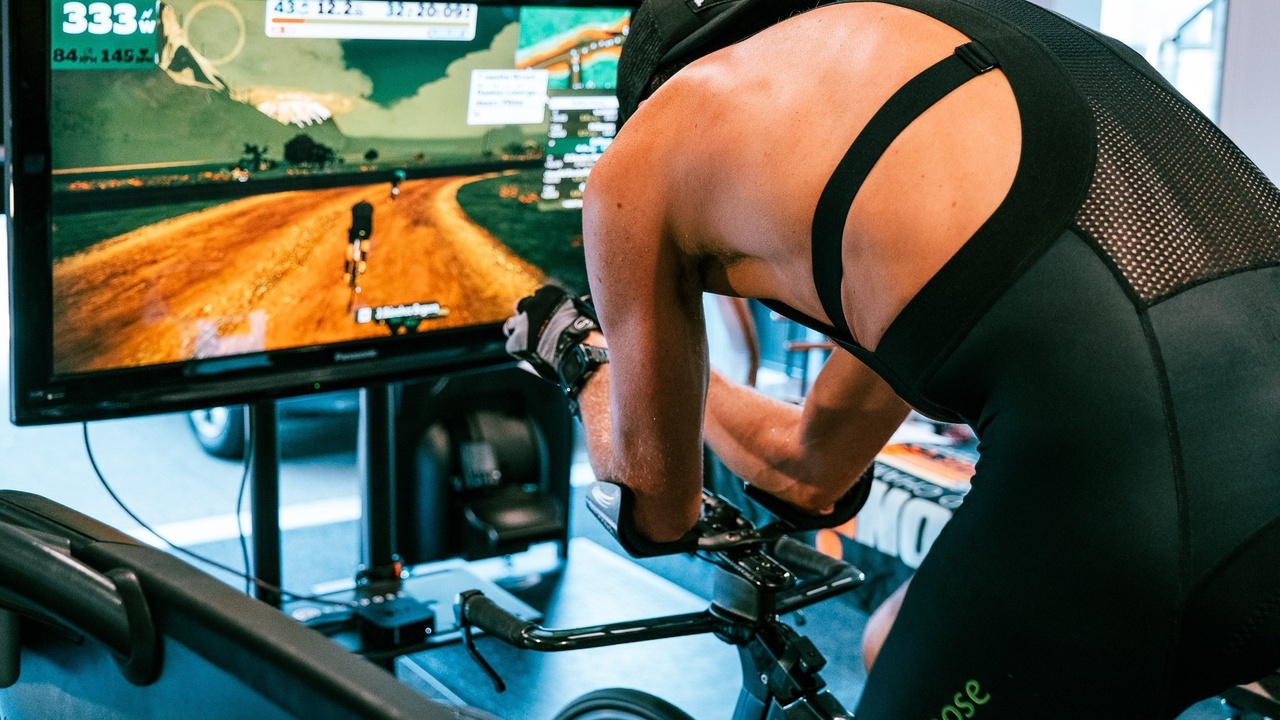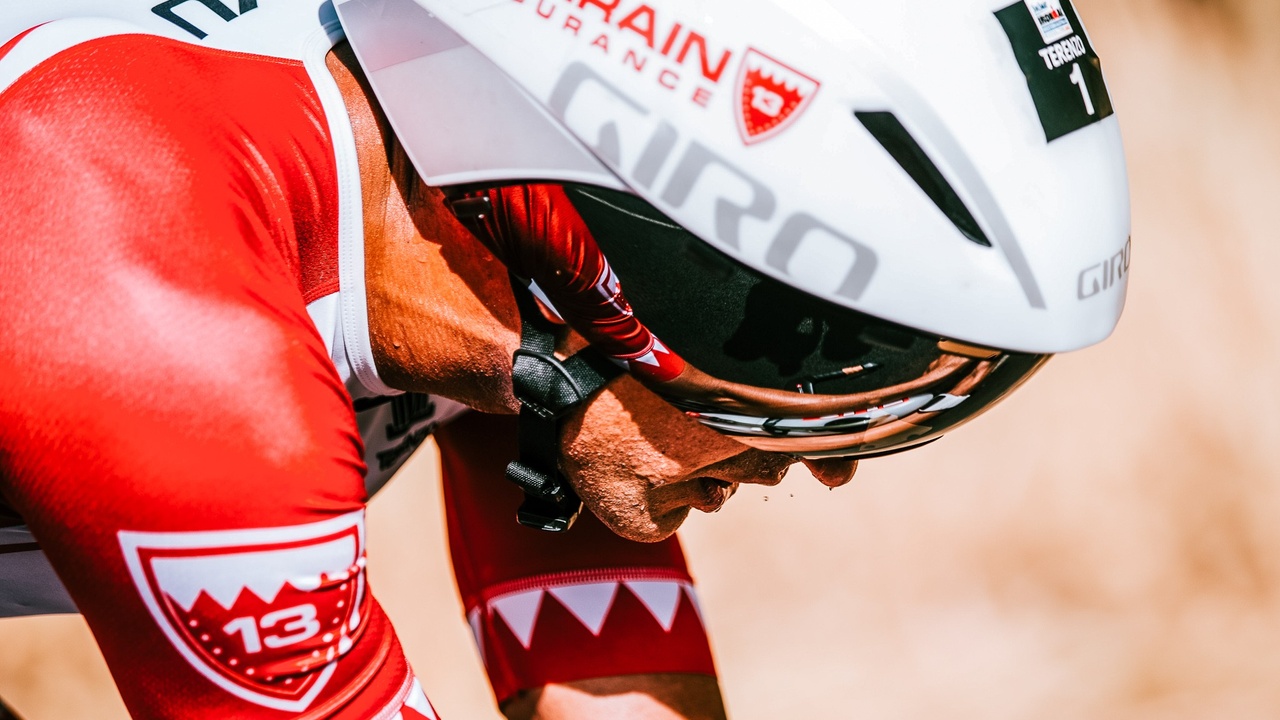The 2022 World Ironman Triathlon Championship in St George Utah: What happens when racing at modest altitude?

In this blog, I am going to discuss a topic that has always been of interest to exercise physiologists and those involved in endurance sport: altitude. As I’m sure you are aware, altitude has the potential for profound effects on endurance sport performance. This is certainly an area of interest with the Ironman World Championships this year being held in Utah; with many of my professional and Endure IQ Training Squad athletes competing. Utah sits at a modest altitude of ~1000 m, but is this enough to have an effect on our performance? And is any specific preparation required?
I will do my best to break down the basics of altitude for you, although I should acknowledge that altitude is such a big topic within our field that I cannot possibly include everything in one blog, but let’s give it a go! :).
A physiological look at altitude
Okay, so first, why – physiologically speaking – is altitude so important? At sea level, the atmospheric pressure is ~760 mmHg. As altitude increases a...
The Role of Myofascial Slings in Triathlon: Part 2 – Training the Sling System

by Adam Storey, PhD
In the last post, an overview of the myofascial sling system which is comprised of skeletal muscles, fascia, and ligaments was presented. The myofascial slings work in harmony to create strength and stability during movement which reinforces the concept that we need to train movement patterns as opposed to individual muscles.
In Part 2 of this series, the rotational power producing serape effect will be introduced and various exercises that target the myofascial sling system will be discussed.
The Serape Effect:
The synergistic stretch and activation of various tissues across the body to transmit force during rotational-type activities (e.g., running, throwing, kicking, and swimming) is also referred to as the serape effect (Juan C Santana, McGill, & Brown, 2015).
The term “serape effect” is derived from the orientation of the associated muscle groups which are likened to a traditional Mexican serape that is draped over the shoulders, connecting the front and...
Jan Van Berkel - The Fat Adapted Healthy Athlete: Visceral Fat and It's Relationship to Health and Performance

Intermittent fasting, calorie restriction, and weight loss: Insights from recent data

At this time of year, many of us set ourselves resolutions to lose weight. This might be to boost our power-to-weight and therefore sharpen our performance, to stave off middle age’s creeping effects on the scales, or just to slim down after a little hard-earned festive overindulgence. The science of weight loss is an amazingly noisy field, and it is clear that there are a number of methods people have successfully used to drop pounds. In this blog, we cannot possibly cover the entirety of the science on how best to chip away at excess body fat mass. What we will cover, though, is a recent and excellent study published by researchers from the University of Bath in the UK that examined the effects of intermittent fasting on weight loss and body composition. Specifically, in the study the researchers sought to quantify the effects of intermittent fasting on weight loss and body composition that are independent of effects on energy balance – i.e. does intermittent fasting lead to effects ...
New Study: The Cellular Energy Sensor, AMPK - Switching it on for Training Adaptation

by Dr Dan Plews
As we have discussed in several previous blogs, and in our courses, adaptations to endurance training are produced through activation of cellular signalling pathways in response to individual training sessions, with these cellular signalling pathways activated through detection of the physiological stresses generated through exercise. In this blog, we are going to focus on one of the most well-known proteins in the adaptive signalling cascade, the cellular energy sensor AMPK.
AMPK, or to give its full name, 5’adenosine monophosphate-activated protein kinase, is an important protein in the detection of the cellular energy stresses generated during endurance exercise (1). Specifically, AMPK within the muscle is activated by the metabolic stresses generated by exercise, and subsequently activates signalling pathways associated with endurance training adaptation (2). This pathway makes a lot of sense; if our muscle is stressed by exercise, we detect it and then send signa...
Changes in HRV with training intensity and the menstrual cycle: Insights from our big data study

As many of you will know, the application of heart rate variability (HRV) to endurance training is one of my major research interests (6–8), and something I consistently integrate into my coaching practice with elite and amateur triathletes. Daily measurements of HRV upon waking to tell us about our autonomic function; specifically, HRV measured as the square root of the mean squared difference between beat-to-beat intervals (rMSSD) is a measure of parasympathetic nervous system activity. The parasympathetic nervous system is the arm of the autonomic system that slows things like your heart rate down, and therefore suppressed parasympathetic activity, and so suppressed HRV measured as rMSSD, is indicative of a state of stress. This is what makes daily HRV measurements useful for informing the training process; trends in HRV can help us to determine when we might need to back off, and when we can be confident in putting the hammer down. Indeed, using HRV measurements to guide daily trai...
Why running economy and not VO2max is important to run fast in Kona

As the 2021 triathlon season finishes, there are many short course ITU triathletes who are looking to turn their hand to the longer course Ironman triathlon. What’s the carrot? To win the infamous Ironman World Championships (normally) held in Kona Hawaii. Many of these athletes are boasted to have huge engines, and VO2max values, sometimes close to 90 ml.kg.min! But does this really translate to success over the longer distance, particularly in the heat?
The physiological characteristics that define outstanding endurance running performance, particularly in the marathon, have been the subject of considerable research (7–9, 12). The standard models used to explain performance with impressive accuracy in endurance events include three main profiling variables: the maximum rate oxygen can be taken up and consumed (V̇O2max) (2); the percentage of V̇O2max that can be sustained, the so-called ‘performance V̇O2’ that is closely linked to the maximum metabolic steady-state or threshold (3); ...
Grounding Science: The Answer to Life and Recovery in Athletes?

By Dr Dan Plews
The act of grounding has undoubtedly become popular recently, at least in the circles I move in. But what is it? Grounding, also called earthing, involves doing activities that “ground” or electrically reconnect you to the Earth. This depends on earthing science and grounding physics to explain how electrical charges from the Earth can positively affect your body.
The Earth’s surface has free electrons (and speculatively); contact with the Earth’s surface may allow electron migration into the body. The electrons can act as antioxidants and neutralise reactive oxygen species (ROS). As I have discussed in the past, ROS accumulates in muscle during high-intensity exercise. ROS appears to have a fatiguing effect on muscle, possibly through effects on calcium handling processes that are critical in muscle contraction (3). Antioxidants help ‘mop up ROS in muscle; so, if we have more antioxidants, we are more able to manage the ROS that accumulates during high-intensity exe...
What does the peak fat oxidation rate tell us? Insights from our recent study

As readers of our blog and those who have done our courses will know, applied exercise physiologists working with endurance athletes can non-invasively measure what is called the peak fat oxidation rate – PFO for short – during routine profiling assessments. The PFO is the highest rate of fat oxidation measured during an incremental exercise test; that is, an exercise test in which the intensity is progressively increased from very light to maximal. The PFO is thought to give us some insight into the individual athlete’s capacity for fat oxidation during exercise (1, 7).
That makes a lot of sense in theory. However, in practical terms how PFO as a profiling characteristic can be interpreted is still relatively poorly understood. A series of studies performed over the last 15 years or so have identified markers in skeletal muscle that are associated with PFO, including fibre type profile, mitochondrial characteristics, and the abundance or activity of a range of proteins known to be in...
How to train for cycling in long-distance triathlon: The Basics

We all know that being strong on the bike is critical to the success of any long-distance triathlete. But how do we train for it? In this short blog, we’ll briefly describe the main session types when training for the cycling leg of long-distance triathlon. For much more detail, check out our courses; LDT 102 on training programme fundamentals and LDT 104 on training monitoring.
At EndureIQ, we promote a three-phase model of training planning for Ironman triathlon; a general preparation phase, specific strength phase, and competition phase. In the general preparation phase, our goal is to build a strong aerobic base by accumulating a large overall training volume, whilst also increasing our maximum aerobic capacity with a small number of targeted, high-intensity interval training sessions. We, therefore, aim for a highly polarised overall training intensity distribution, where the vast majority (~85-90%) of our training time is accumulated below the lactate threshold, with perhaps 1-2...
